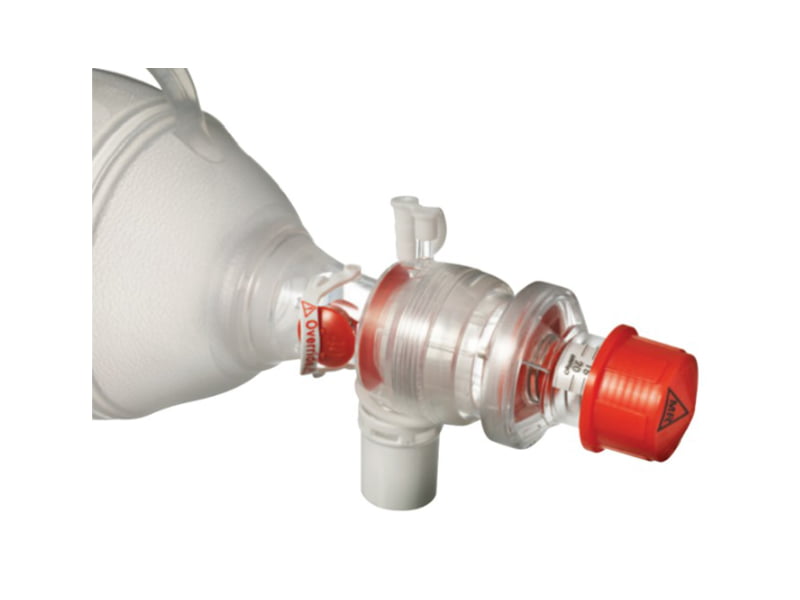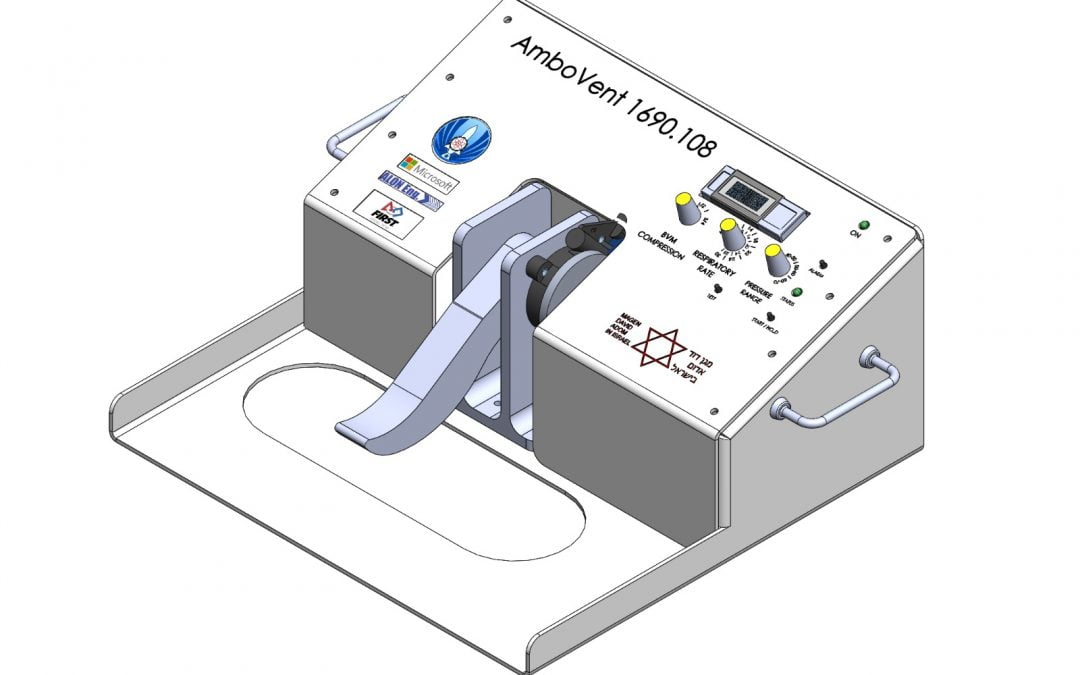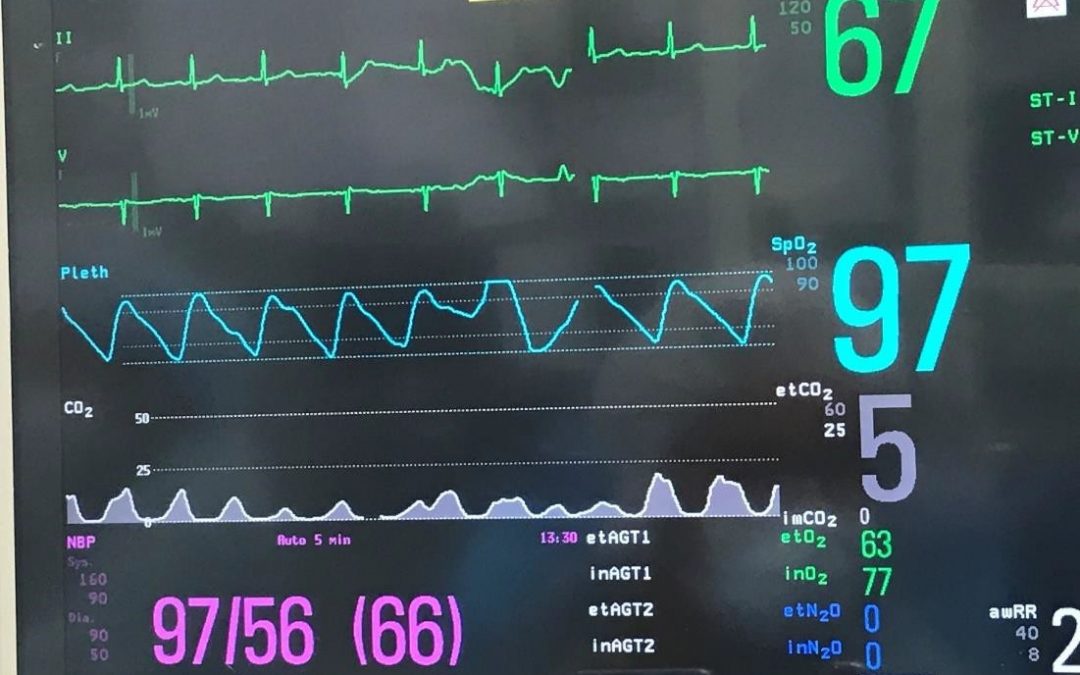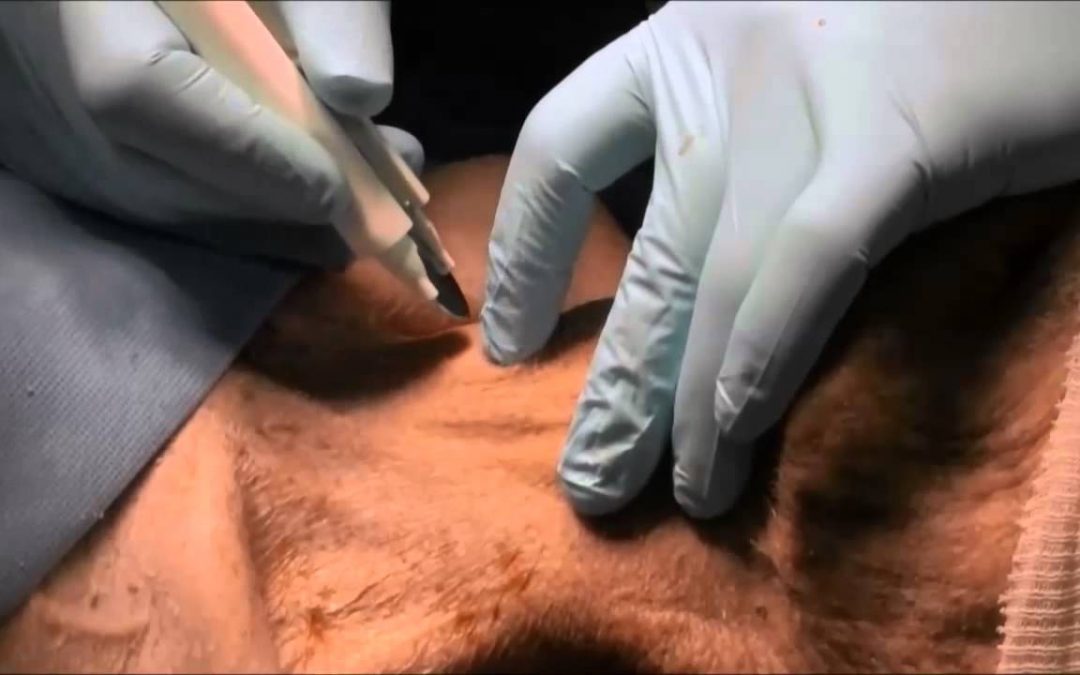
Why PEEP?
Use of Positive End Expiratory Pressure should be considered for any patient who requires mechanical ventilation, including those in cardiac arrest.

Use of Positive End Expiratory Pressure should be considered for any patient who requires mechanical ventilation, including those in cardiac arrest.

The COVID-19 pandemic raises the need from EMS to transfer patients from heavily affected regions to hospitals that have the capability to provide more advanced treatment – particularly for those ventilated and in need of intensive care. In addition, global demand in procuring ventilators, and lack of readily supply raises the need for self-sufficiency in acquiring or creating new ventilator prototypes.


Learn the history of the oropharyngeal airway (OPA) and review how to size the OPA for the patient, as well as the correct way to insert this basic, and effective, airway adjunct.

By Keith Widmeier, BA, NRP, FP C
A difficult airway is one in which the EMS provider identifies potential attributes of the patient that would make it difficult to utilize a bag-valve mask (BVM), insert an extraglottic airway, perform a laryngoscopy, and/or perform surgical airway interventions. It’s the ability to appropriately assess the patient’s airway that allows providers to predict which will be difficult, optimize their first attempt and ensure the highest likelihood of success when managing a patient’s airway. Thorough airway assessments help drive your clinical decision-making and help determine the tools you choose to wield when managing a particular airway.
Recent Comments